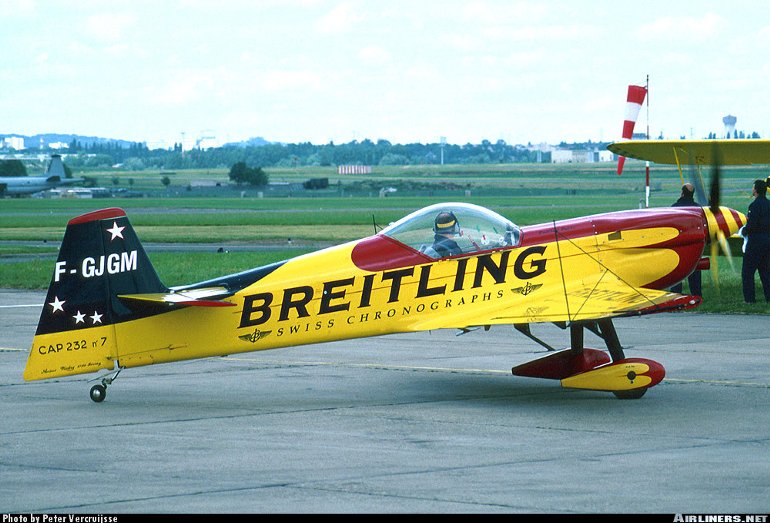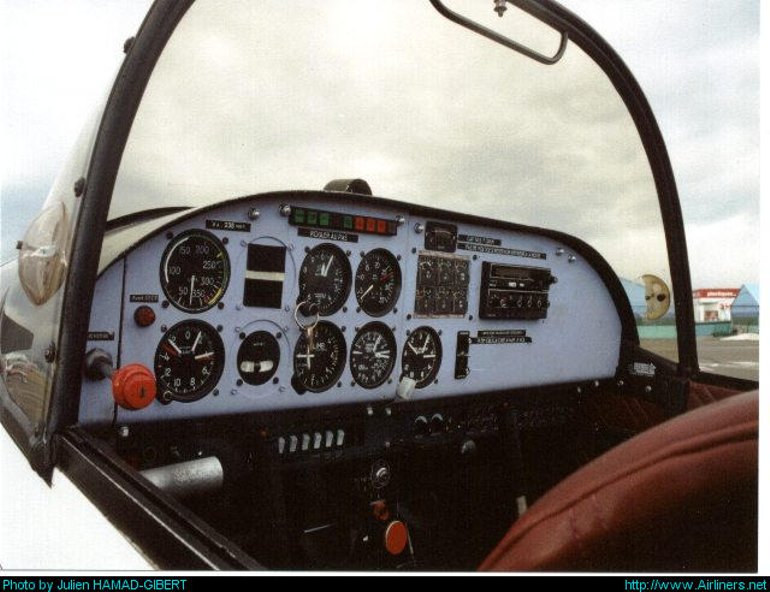Aircraft Technical Data
CAP Aviation CAP-10/20/21/230/231/232


| Details | |
| Country of Origin | France |
| Type | Single and two seat aerobatic light aircraft |
| History | The successful CAP series of aerobatic aircraft dates back to the Piel CP-30 Emeraude of the early 1960s. Claude Piel designed the two seat Emeraude in France in the early 1960s for kit builders, but more than 200 were built in four different factories across Europe. The Emeraude first flew in 1962 and was built in basic 50kW (65hp) Continental A65 power CP-30 form and 65kW (90hp) Continental C90 CP-301 Super Emeraude form. One of the companies to build the Emeraude was CAARP, a company owned by Auguste Mudry. CAARP used the basic Emeraude design as the basis for the CAP-10, which was a similar aircraft other than its 135kW (180hp) Lycoming IO-360 engine and stressing for aerobatic flight. The prototype CAP-10 first flew in August 1968. CAARP built 30 CAP-10s for the French air force before Mudry started production for civil orders in 1972 at his other aviation company, Avions Mudry. The CAP-10 remains in production today in 10B form with an enlarged tail. The CAP-20 meanwhile was a single seat development with a 150kW (200hp) AIO-360 engine. The updated CAP-21 replaced the CAP-20 in 1981. The CAP-21 combined the fuselage of the CAP-20 with an all new wing and new undercarriage, and forms the basis for the similar CAP-231, CAP-231EX (with a carbon fibre wing) and latest CAP-232. Following Mudry's bankruptcy in 1996, Akrotech Europe took over the CAP series in May 1997, and in January 1999 changed name to CAP Aviation. |
| Powerplants | CAP-10B - One 135kW (180hp) Textron Lycoming AEIO-360-B2F fuel injected flat four piston engine driving a two blade fixed pitch Hoffmann propeller. CAP-21 - One 150kW (200hp) AEIO-360-A1B driving a two blade variable pitch Hartzell prop. CAP-232 - One 224kW (300hp) AEIO-540-L1B5 flat six driving a three or four blade constant speed Mühlbauer propeller. |
| Performance | CAP-10B - Max speed 270km/h (146kt), max cruising speed at 75% power 250km/h (135kt). Initial rate of climb 1575ft/min. Service ceiling 16,400ft. Range with max fuel 1000km (540nm). CAP-21 - Max cruising speed at 75% power 265km/h (143kt). Initial rate of climb 2755ft/min. Endurance with max fuel two hours. CAP-232 - Max speed 339km/h (183kt). Initial rate of climb 3000ft/min. Service ceiling 15,000ft. Range with max fuel 1200km (647nm). |
| Weights | CAP-10B - Empty equipped 550kg (1213lb), max takeoff in aerobatic category 760kg (1675lb), or 830kg (1829lb) in utility category. CAP-21 - Empty 500kg (1103lb), max takeoff 620kg (1367lb). CAP-232 - Empty 590kg (1300lb), max takeoff 816kg (1800lb). |
| Dimensions | CAP-10B - Wing span 8.06m (26ft 5in), length 7.16m (23ft 6in), height 2.55m (8ft 5in). Wing area 10.9m2 (116.8sq ft). CAP-21 - Wing span 8.08m (26ft 6in), length 6.46m (21ft 3in), height 1.52m (5ft 0in). Wing area 9.2m2 (99.0sq ft). CAP-231 - Wing span 8.08m (26ft 6in), length 6.75m (22ft 2in), height 1.90m (6ft 3in). Wing area 9.9m2 (106.1sq ft) |
| Capacity | Two side by side in CAP-10, all others pilot only. |
| Production | More than 275 CAP-10s and 10Bs, 40 CAP-21s, approximately 30 CAP-231s and 231EXs and 10 CAP-232s built. |
| Related Links | CAP Aviation CAP-10/20/21/230/231/232 |
The backbone of this section is from the The International Directory of Civil Aircraft by Gerard Frawley and used with permission. To get your own copy of the book click here. |
|








